

Sharon was graduated from New York University with her Master’s degree in Management and Systems. She also holds a Bachelor’s degree in Finance from the Ohio State University, Fisher College of Business. Sharon studied in the U.S. for ten years and had several working experiences there.
As a consulting analyst based in Suzhou China, Sharon is responsible for both quantitative and qualitative research for consulting projects and cooperated with the team members in other regions to better proceed and complete the project. Sharon has experience in desk research, data analysis, expert interview, and project management. Advanced methodology and model she learned from business school and experience will add value to the current project in Smithers.


Yunlan has over 10 years’ experience in the pulp and paper industry with primary focus on market study, strategy planning and assessment, feasibility study, etc. She has lead and involved quite many projects in relation to market and opportunity assessment, operational analysis and strategy covering various pulp and paper grades and fibre-based products


Dr. Warren Batchelor is an Associate Professor and Deputy Director of the Biore-source Processing Research Institute of Australia (BioPRIA), part of the Department of Chemical and Biological Engineering at Monash University. He is also Director of Education in the Department of Chemical and Biological Engineering. He is the chair of the Standards Australia PK-019 committee, which develops standards for the pulp and paper industry and is the Australian representative on the international com-mittee, TC6.
His major research interests are in sustainable materials, with a particular interest in materials from cellulose nanofibers (CNFs), with contributions including:
• Recyclability of CNF films and of paper-polymer laminates.
• Life-cycle analysis of materials and processes
• CNF characterisation methods including developing standards for CNFs.
• Paper mill biorefinery and CNF production.
• Methods for the rapid preparation of CNF sheets by spray coating and vacu-um filtration.
• Development of renewable, recyclable, CNF barrier layers to displace petro-leum-derived polymers in packaging.
• Nanoparticle-cellulose nanofibre composites for barrier applications, ultrafil-tration membranes, antimicrobial functional layers and photocatalytic deg-radation of organic contaminants.
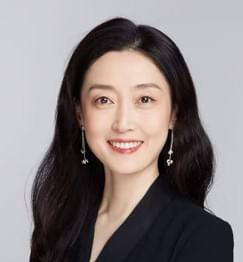

Chloe Lin joined OATLY in 2019 and has held various roles including Head of Commercial Financial Management, Head of the Coffee Business Unit, and Senior Brand Director. She has also consistently served as the Head of Sustainability for Greater China, actively advancing the localization of global sustainability strategies. She is responsible for formulating key policies across the entire value chain, from product ingredients and packaging to processing and distribution, and has driven the implementation of critical projects at OATLY's own factories and core suppliers. This has made sustainability a true strategic advantage and differentiator for the company. Chloe Lin established the definition, nutritional standards, processing standards, and the OATLY Expert Think Tank for "oat milk" in China. She successfully leveraged resources from industries, academia, and finance to create a positive public opinion environment, solidifying OATLY's leadership position in the category.


Feng Qingzheng, is a Senior Engineer and Deputy Chief Engineer of China National Export Commodities Packaging Research Institute. For more than 20 years, he has been working in the fields of packaging, packaging and environment, polymer material polymerization and modification research, degradable materials, biomaterials, recycled plastics, standardization, etc.
He is an industrial supervisor of master degree graduates of Beijing University of Technology, senior member of Beijing Energy and Environmental Society, and evaluation expert of China Resources Recycling Association(CRRA), China Plastics Processing Industry Association(CPPIA), China Packaging Federation (CPF), China Association of Small and Medium Enterprises(CASME), Shanghai Plastic Engineering Technology Association(SHPTA), China Paper Industry Chamber of Commerce(CPICC), China National Coal Group Corp, SINOCHEM GROUP ,China RongTong Group, China South To North Water Diversion Group Co., Lt. and other entities. He is also a special reviewer for the Chinese core journal " Engineering Plastics Application ", expert in the International Standardization Talent Think Tank database, and online expert for Yashi Rubber Network.


Manuel Milliery, CEO and founder of Papkot, a groundbreaking startup revolutionizing the packaging market with sustainable paper coatings. With a decade of experience in UX design and product development, he has collaborated with well-regarded brands such as Nespresso, Airbus, Zalando, Samsung, and Bayer Pharmaceuticals.
In 2019, Milliery left his position as Head of AI Design Officer for a prestigious multinational corporation to tackle a more significant challenge: the pressing issue of plastic packaging.
Through this endeavor, he won the National Geographic Plastic Pollution Challenge in 2020 with a groundbreaking sol-gel coating solution.
This accomplishment inspired the creation of Papkot, a startup dedicated to revolutionizing the packaging market with sustainable paper coatings. Manuel Milliery has steered Papkot to accolades, including recognition as one of the top 100 startups to invest in France or winner of the CITEO Circular Challenge.
Throughout his career, Manuel Milliery has advised numerous companies across Europe, Japan, and the US. Today, he continues to make a significant impact on the world with his commitment to sustainable practices and innovative solutions, such as Papkot, which develops coatings that provide paper with plastic-like properties without altering its end-of-life characteristics.


A representative voice in paper-based solutions with 20+ years’ experience in Paper & Packaging Industry, serving major Industrial, CPG Brands, Retailers and Private Labels, and E-Commerce provider. First point of contact in Mondi for Retailers and Brands on achieving Sustainability goals in packaging with flexible solutions (paper, plastic, hybrid) and circular business model. Holding a Civil Engineering Degree, MBA & Executive programs in Sales & Marketing Excellence from US Business Schools, and specialized in Business Sustainability, Net Zero, Circular Economy from the University of Cambridge. Grown in Venice (Italy), international market experience, living a multicultural family, passionate Sailor, Architect & Engineer of Sustainability in Business.


Mr. Shen is responsible for the RRD China PKG BU to develop packages of new TECH such as sustainable material and commercialization.
He has a deep & unique understanding of consumer electronic packaging from terminal customer view and was very sensitive to package material marketing trends.


Du Chuanfeng, male, born in February 1985, graduated from Changsha University of Science & Technology in 2008. He has held various positions at Guangdong Guanhao High-Tech Co., Ltd., including Production Department Foreman, Sales Planner, Business Manager, Senior Manager, and Regional Director. He currently serves as the Product Manager (Specialty Paper) in the Marketing Department at Guangdong Guanhao High-Tech Co., Ltd.
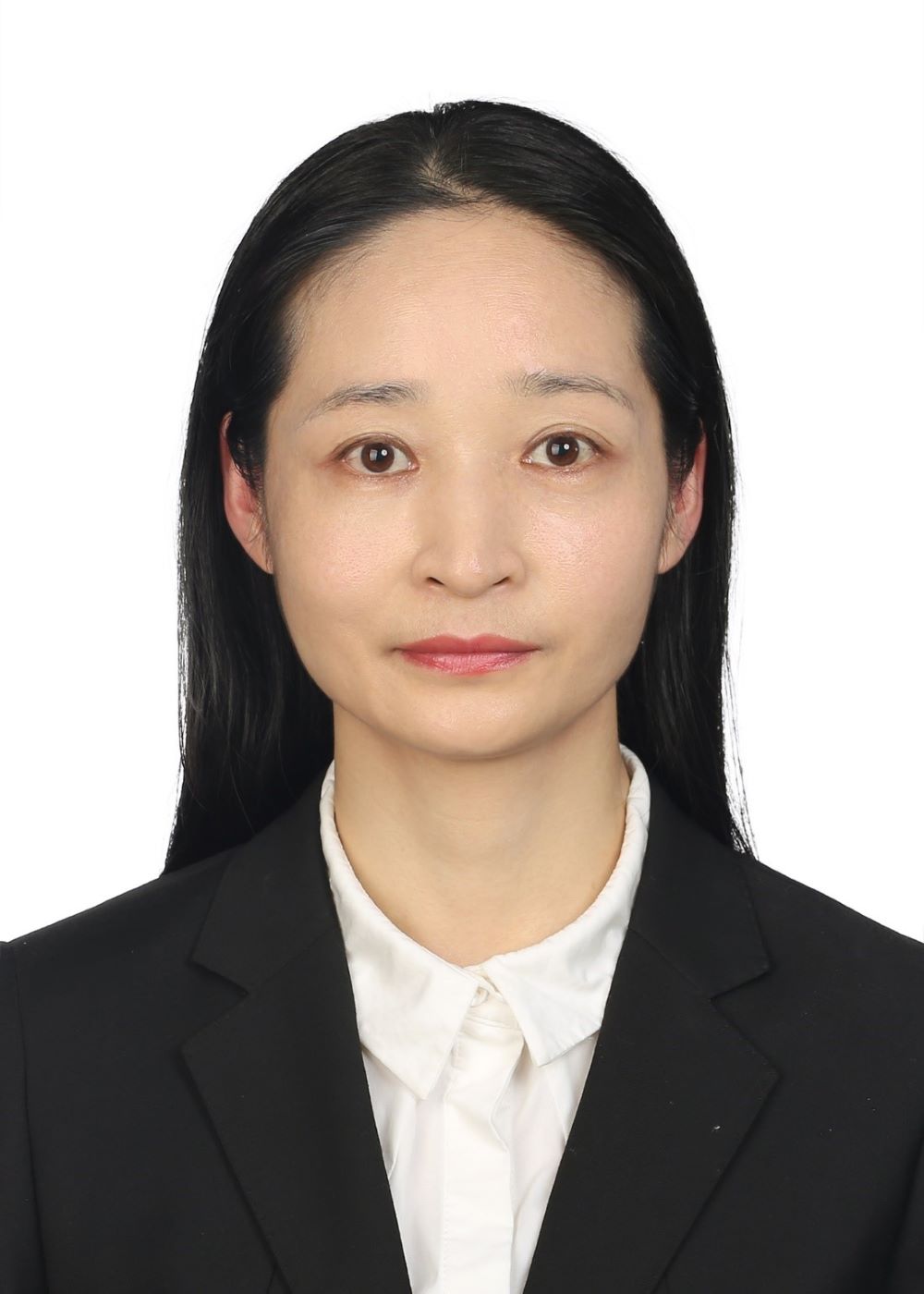

Ms. Li Juan holds a Master's degree from Shaanxi University of Science and Technology and currently serves as the Technical Director for Specialty Paper at Jindong Paper Industry, APP Group. With over 20 years of experience in the research and development of specialty papers, she is highly proficient in the processes of thermal paper, carbonless paper, art paper, straw paper, dialysis paper, heat transfer paper, and water transfer paper. She has applied for more than 20 national patents and contributed to the editing of the English version of the book Paper-based Functional Materials.
Ms. Li is currently a member of the National Standardization Technical Committee for the Paper Industry, a member of the Specialty Paper Committee, and a member of the Paper Products Sub-Technical Committee of the National Technical Committee for Food Contact Materials and Products Standardization. She has been involved in the formulation of national standards for various specialty papers, including thermal paper and straw paper.
She is actively advancing research and development on paper-based alternatives to plastic products, accumulating extensive experience in product development.
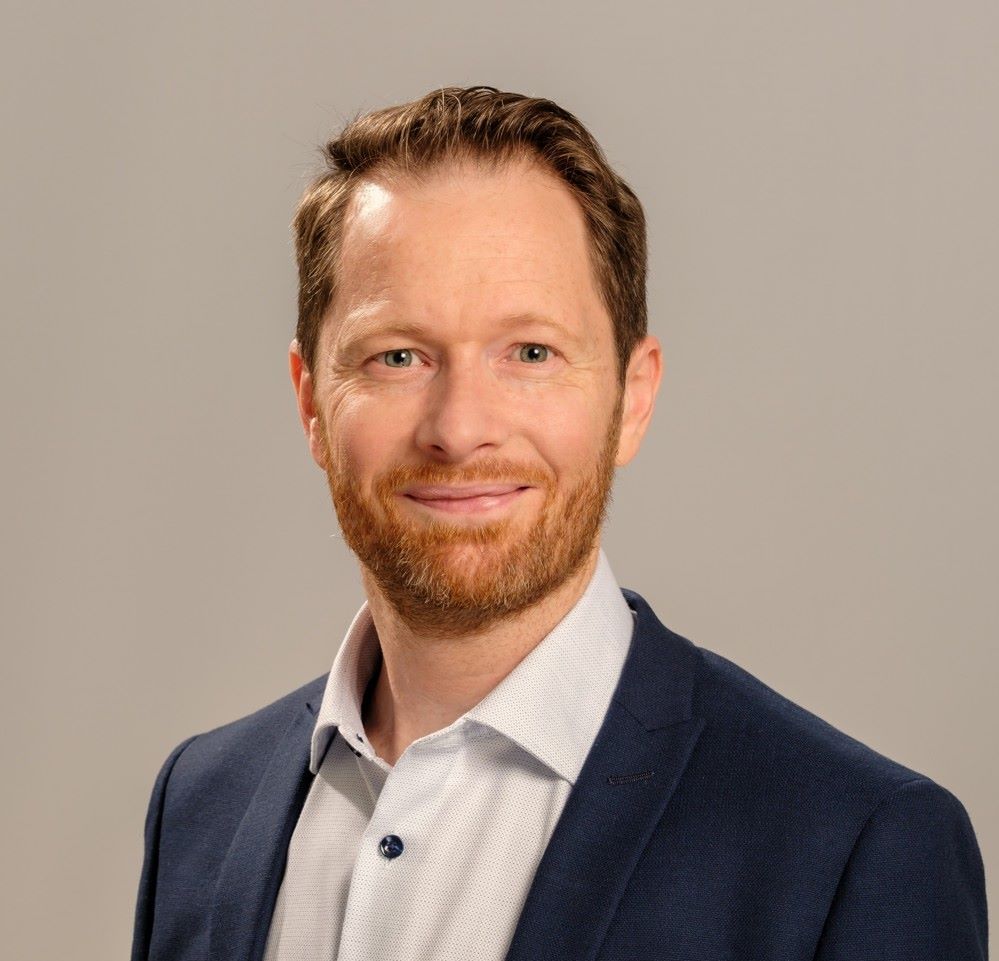

Gilles Le Moigne leads Siegwerk's Circular Economy Coatings business unit, a team dedicated to developing innovative coating solutions that address the critical need for sustainable packaging. In today's world, packaging waste is a major concern, and Gilles and his team are at the forefront of creating coatings that enhance the recyclability and reusability of packaging materials.
With a strong background in the packaging coatings sector, including previous leadership roles at Archroma and Michelman, Gilles brings extensive expertise to the challenge of creating a more sustainable future for packaging. He understands the complexities of the packaging industry and the need for solutions that are both effective and environmentally responsible. He is passionate about driving the adoption of circular economy principles within the packaging industry and believes that coatings play a crucial role in achieving this goal. He is a strong advocate for collaboration and believes that by working together, the industry can create a truly sustainable future for packaging.
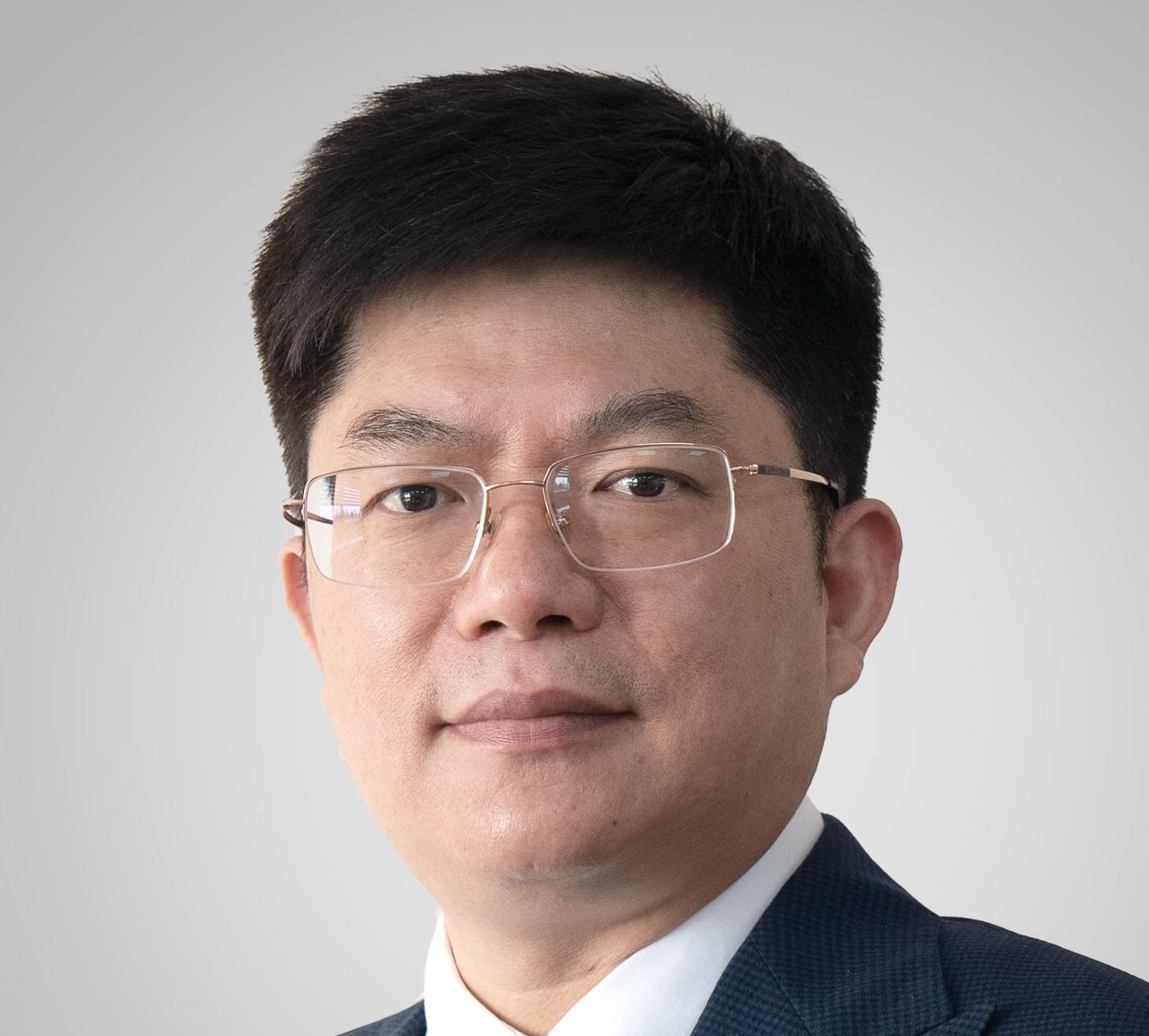

Tianyi Pan has been engaged in pulp and paper market development and marketing management services for more than 20 years. He joined Shandong Sun Holdings Group Co., Ltd. in 2020 and served as the marketing director. Tianyi is responsible for brand marketing value-added work including the company's market strategic layout, marketing management, product sales, and new product and new channel development and for breakthrough and transformational work such as after-sales technical services. He integrated group resources from pre-sales and sales to after-sales, fully integrated end users, innovatively and efficiently serviced teams, and provided end users with more and better paper-based solutions. He once worked in APP's Jindong, Jinhai, and the China headquarter. He is familiar with integrated market operations of forestry, pulp, and paper and user TSP solutions, having certain experience in analysis, development, and management in market analysis, trend assessment, new product development, etc. in domestic and foreign markets.

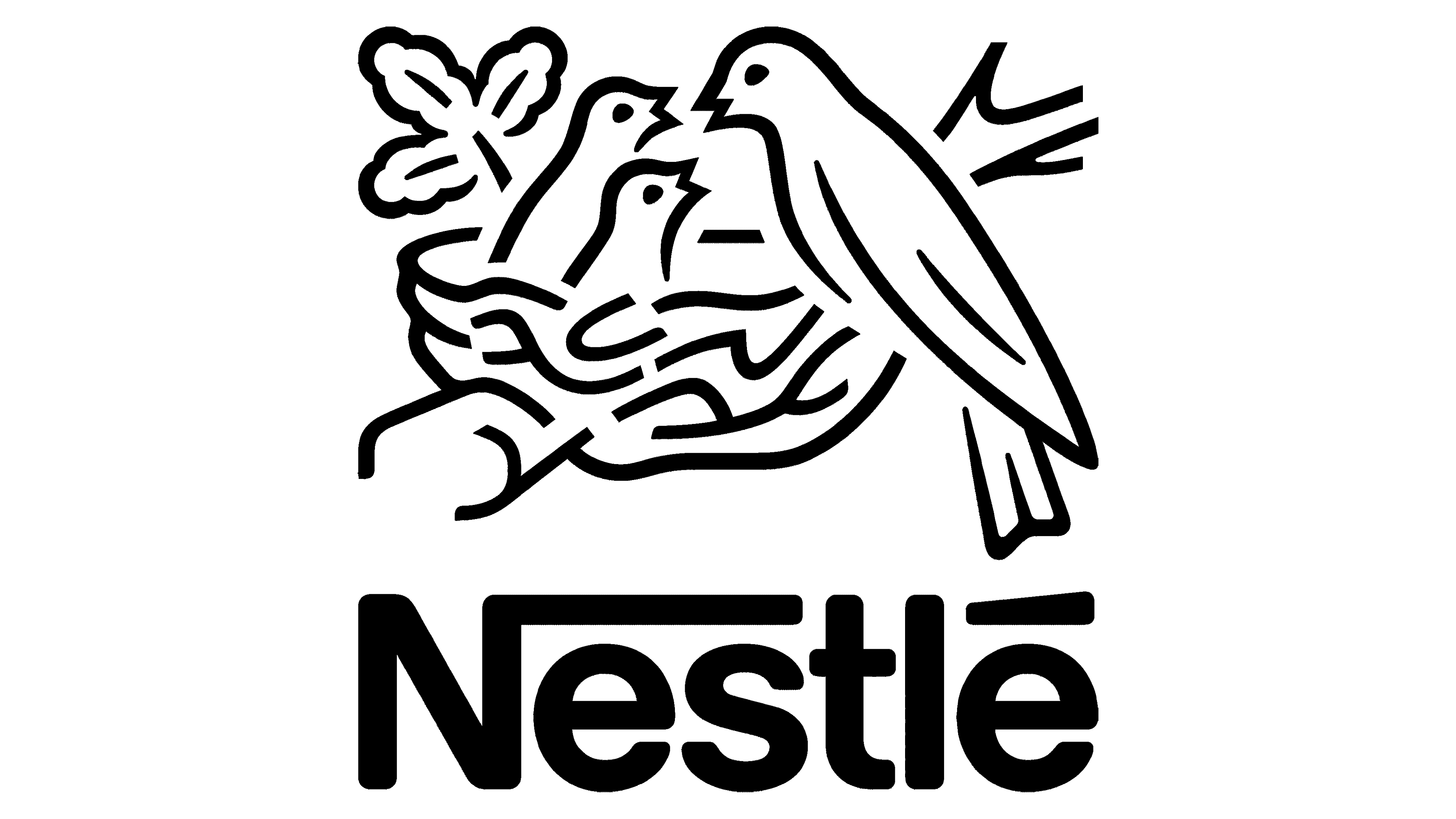
PhD in Paper Engineering with total professional experience of 20+ Years. Currently leading the fiber based packaging R&D team at the Nestlé in the Institute of Packaging Sciences located in Lausanne, Switzerland and working on high impact cross category projects at a global landscape and steering the concept-to-market journey of recyclable fiber-based food packaging solutions. Prior to Nestlé have worked at DIAGEO where have set up a world class packaging R&D center. Before DIAGEO have spent 10 years at ITC Limited in the Paper business where have worked on the development and commercialization of paper & paperboard grades for wide range of packaging applications.
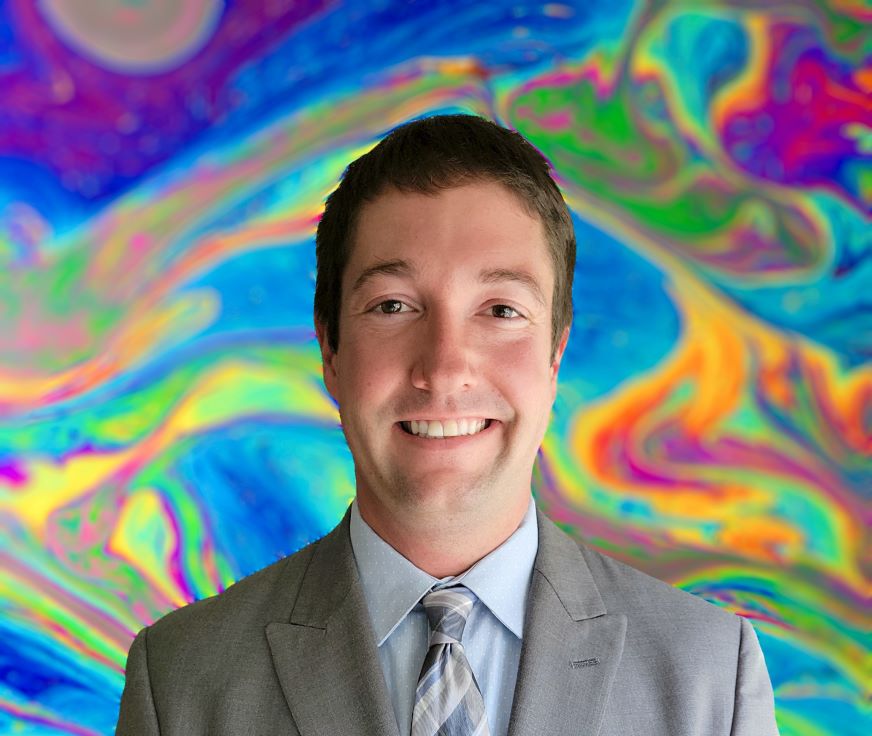

Alex Beam is the Business Development Manager for Molded Fiber Globally for Kemira Water Solutions, Inc. We are the chosen partners for water-intensive industries worldwide, helping our customers design for efficiency, reuse resources, and revitalize natural systems. With over 100 years of experience, we partner with municipal water utilities, pulp, paper, board, molded fiber and tissue producers to deliver visible improvements with our invisible enabler – the chemistry expertise of our 5,000 people. Prior to joining Kemira, Alex has experience in paper, packaging and biomaterials in a variety of roles including new product development, R&D, business development and manufacturing.


Koel Bhadra, AGM Packaging Innovation in Loreal for the Zone SAPMENA (South Asia Pacific Middle East and North Africa). Having around 2 decades of experience in Packaging for Consumer Products Globally, Managed multiple markets and Categories.
She is a Consumer Focused, Business oriented, environment and socially responsible Packaging Technologist. Eyeing on changing lives of consumers for a better future together.

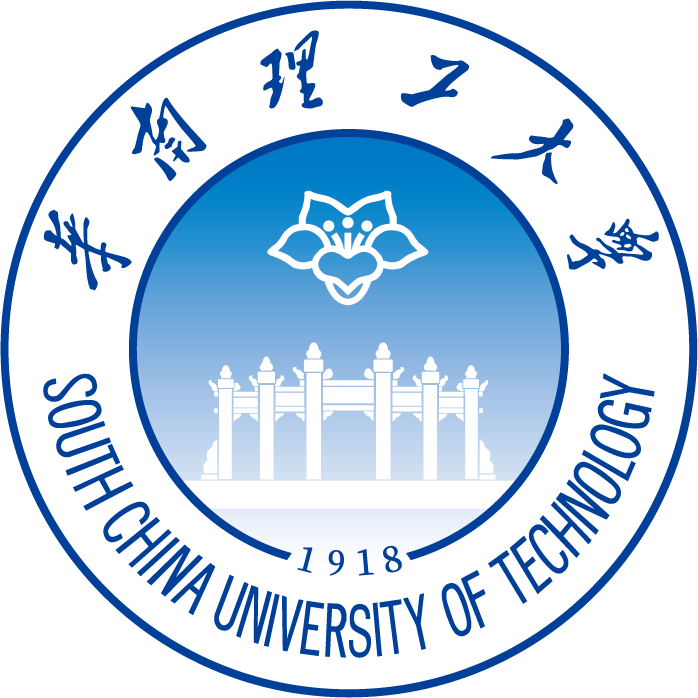
Gang Chen PhD, professor and PhD supervisor, was the Vice Dean of School of Paper and Environmental Engineering at South China University of Technology (SCUT). Currently, he is the chief professor of specialty paper research team of South China University of Technology. He is the leader of the national teaching team, director of China Paper Society, and vice president of Guangdong Paper Industry Association.
He has been engaged in new technology of papermakeing and the research and application of the specialty paper and paper-based functional materials for a long time, including new technology of specialty paper, paper-based functional materials, paper coating technology and theory, multi-fiber mixed forming mechanism, nanocellulose preparation and application, optimization and application of papermaking chemicals, anti-counterfeiting technology of paper, and application of functional materials in papermaking process...


Cristiane brings expertise in recycled paper, kraftliner, and cartonboard for corrugated packaging. She is skilled in driving innovation for new packaging paper products, overseeing product specifications, managing lab tests and industrial trials to ensure optimal performance and quality for customers.
Suzano S.A since 2024
Previous experience at Klabin S.A.
Graduated at UFU (Brazil) – Chemical Engineer
Exchange Program at Institut National des Sciences Appliquées (INSA) de Lyon – France - Industrial Engineer
Specialization Course at USP (Brazil) - Quality Engineering
20+ years of experience in the Pulp and Paper Industry.
Main experience as Quality and Customer Service Coordinator – Paper and Carton for Packaging


● Graduated with a master's degree in Pulp and Paper Engineering from the Department of Printing and Packaging at Wuhan University.
● With a total of 17 years of working experience in the packaging materials industry.
● Currently, responsible for the business development of barrier coatings and Molded Fiber business unit in the Asia-Pacific region at Solenis. Main job responsibilities include coordinating the company's product development strategies, bridging the upstream and downstream industrial chains, promoting relevant projects within the Asia-Pacific region, and coordinating resources.
● Previously worked in Stora Enso for 10 years, mainly engaged in the sales and business development of paper products, and worked in CCL Label for 5 years, held the position of R&D Project Manager.


Henry is the Co-Founder and CEO of Chainparency, a supply chain software and data solutions company based in Houston, TX USA. Enterprises and organizations globally utilize Chainparency's GoTrace platform to digitally streamline workflows and to enable the real-time collection of high integrity supply chain data essential for validating claims, driving operational efficiencies, complying with regulations, and achieving sustainability and climate-smart goals and outcomes. With 20+ years of experience, Henry is a recognized innovator and early advocate of blockchain-based applications in supply chains. A key focus of Henry’s work is the development of novel solutions, incorporating both digital technology and new incentive models, designed to better align and empower stakeholders across product value chains for socially and environmentally-beneficial outcomes. Henry began his career as a management consultant and later worked in corporate finance and venture capital before becoming a tech entrepreneur and working in innovation hubs to include Silicon Valley, Hong Kong, and Singapore. Henry earned a BS in Finance from Penn State University and an MBA from Duke University.


Claire Hae-Min Gusko is the Co-Founder of one • fıve, a company pioneering AI-powered sustainable packaging solutions to combat climate change. With a background in law (LLB from King’s College London, LLM from University College London), Claire transitioned into entrepreneurship, leveraging her strategic expertise to drive impactful innovations in sustainability. Before founding one • fıve, she held leadership roles at INFARM and worked in investment management and business strategy. Passionate about sustainability, innovation, and leadership, Claire is dedicated to creating solutions that merge technology and environmental responsibility